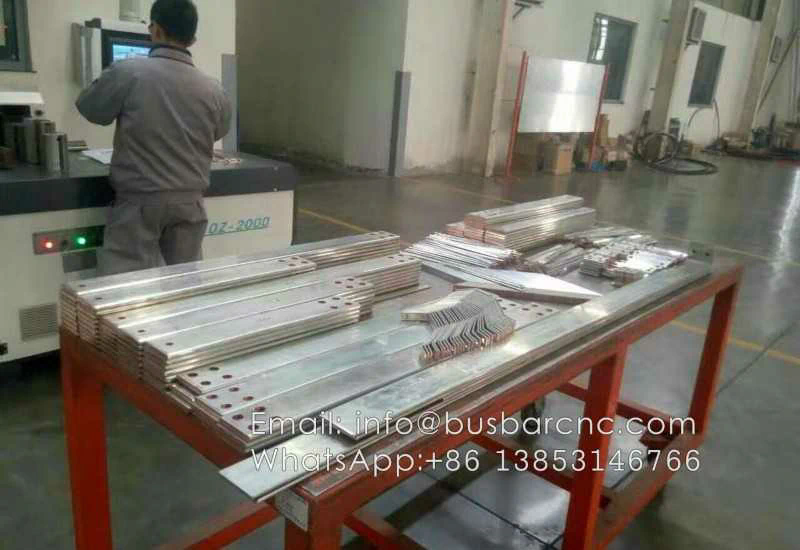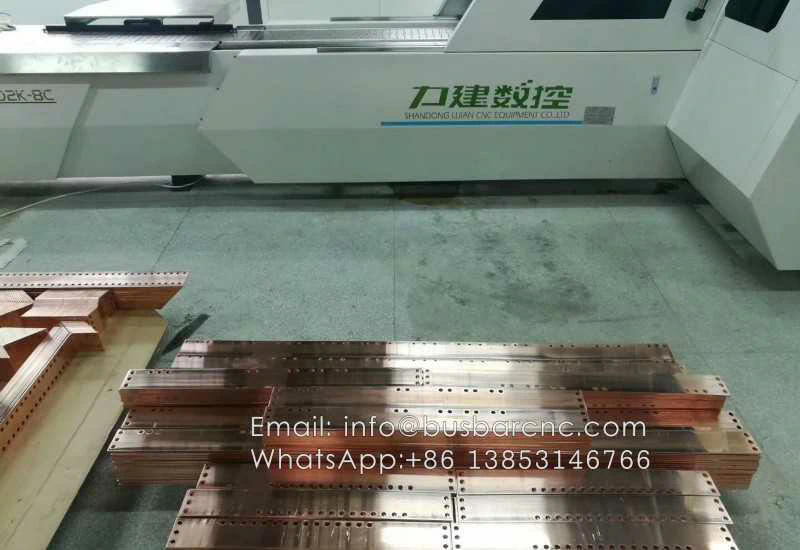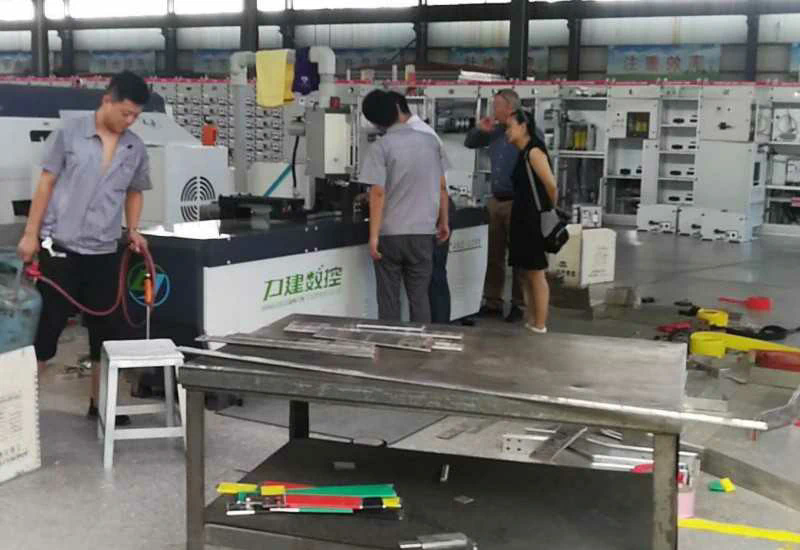The Essential Guide to Hydraulic Busbar Bending Machines for Efficient Fabrication
Hydraulic busbar bending machines play a crucial role in the efficient fabrication of busbars, which are essential components in electrical power distribution systems. These machines provide precise and powerful bending capabilities, enabling manufacturers to produce high-quality busbars for various applications. In this essential guide, we will explore the key features, benefits, and considerations for selecting hydraulic busbar bending machines, as well as best practices for efficient fabrication.
Hydraulic Busbar Bending Machines: Key Features and Benefits
Hydraulic busbar bending machines are equipped with advanced hydraulic systems that deliver significant bending force, allowing for the precise shaping of busbars. These machines often feature multiple bending stations, enabling the fabrication of complex busbar designs with ease. Additionally, they are equipped with programmable controls that enable operators to set specific bending angles and dimensions, ensuring accuracy and repeatability in the fabrication process.
One of the key benefits of hydraulic busbar bending machines is their ability to streamline the fabrication process, reducing manual labor and increasing productivity. With efficient bending operations, manufacturers can meet tight production schedules and deliver busbars in a timely manner. Moreover, these machines offer versatility in handling various types of busbar materials, including copper, aluminum, and steel, expanding their applicability across different industry sectors.
Furthermore, hydraulic busbar bending machines are designed with safety features to protect operators during the bending process. Safety interlocks, light curtains, and emergency stop functions are integrated into these machines to mitigate potential hazards and ensure a secure working environment. As a result, operators can carry out bending operations with confidence and peace of mind.
Considerations for Selecting Hydraulic Busbar Bending Machines

When selecting a hydraulic busbar bending machine, several factors should be considered to ensure optimal performance and suitability for specific fabrication requirements. The bending capacity of the machine, including its maximum bending force and the range of busbar sizes it can accommodate, is a critical consideration. It is essential to choose a machine that aligns with the intended busbar fabrication demands, whether for small-scale production or large-scale manufacturing.

Additionally, the flexibility of the machine in handling different busbar profiles and thicknesses is busbar machine an important factor to evaluate. Some hydraulic bending machines are designed to cater to a wide range of busbar shapes, such as flat, angled, and Z-shaped profiles, offering greater versatility in fabrication capabilities. The ability to handle varying material thicknesses, from standard to heavy-duty busbars, is also a key consideration for accommodating diverse application needs.
Moreover, the control system of the hydraulic busbar bending machine plays a significant role in its usability and efficiency. Machines equipped with user-friendly interfaces and programmable controls simplify the setup and operation process, reducing the learning curve for operators and enhancing overall productivity. Advanced control systems may also offer memory storage for storing bending programs, enabling quick recall of specific bending configurations for repetitive tasks.
Best Practices for Efficient Fabrication with Hydraulic Busbar Bending Machines

Efficient fabrication with hydraulic busbar bending machines requires adherence to best practices to optimize the bending process and achieve consistent, high-quality results. Proper material handling and preparation are essential to ensure smooth bending operations. Busbars should be accurately measured, marked, and positioned in the machine to align with the intended bending dimensions and angles. Additionally, deburring the edges of the busbars prior to bending helps prevent material deformation and ensures clean, precise bends.
Furthermore, employing the appropriate tooling and bending dies is crucial for achieving accurate and uniform bends. Different busbar profiles and thicknesses may necessitate the use of specific bending tools to achieve the desired results. It is important to select the appropriate tooling based on the busbar specifications and to regularly inspect and maintain the tooling to uphold bending precision and prolong tool life.
In addition, programming the bending parameters accurately in the machine’s control system is imperative for ensuring consistency in the fabrication process. Operators should input the correct bending angles, lengths, and sequences to achieve the intended busbar configurations. Regular calibration and verification of the machine’s bending accuracy contribute to overall fabrication quality and minimize rework.
Moreover, implementing proper safety protocols and training for machine operators is fundamental to maintaining a secure working environment and preventing accidents during bending operations. Operators should be well-versed in the safe operation of the hydraulic busbar bending machine and adhere to established safety guidelines and procedures at all times.
Conclusion
Hydraulic busbar bending machines are indispensable tools for efficient and precise busbar fabrication. Their advanced hydraulic systems, versatile capabilities, and safety features make them invaluable assets in the manufacturing of high-quality busbars for diverse applications. By considering key features and selecting the right machine for specific fabrication needs, manufacturers can enhance their production efficiency and deliver superior busbar solutions. Adhering to best practices in material handling, tooling selection, programming, and safety measures further contributes to achieving optimal results in busbar fabrication with hydraulic bending machines.
https://supplychaininterview.com/